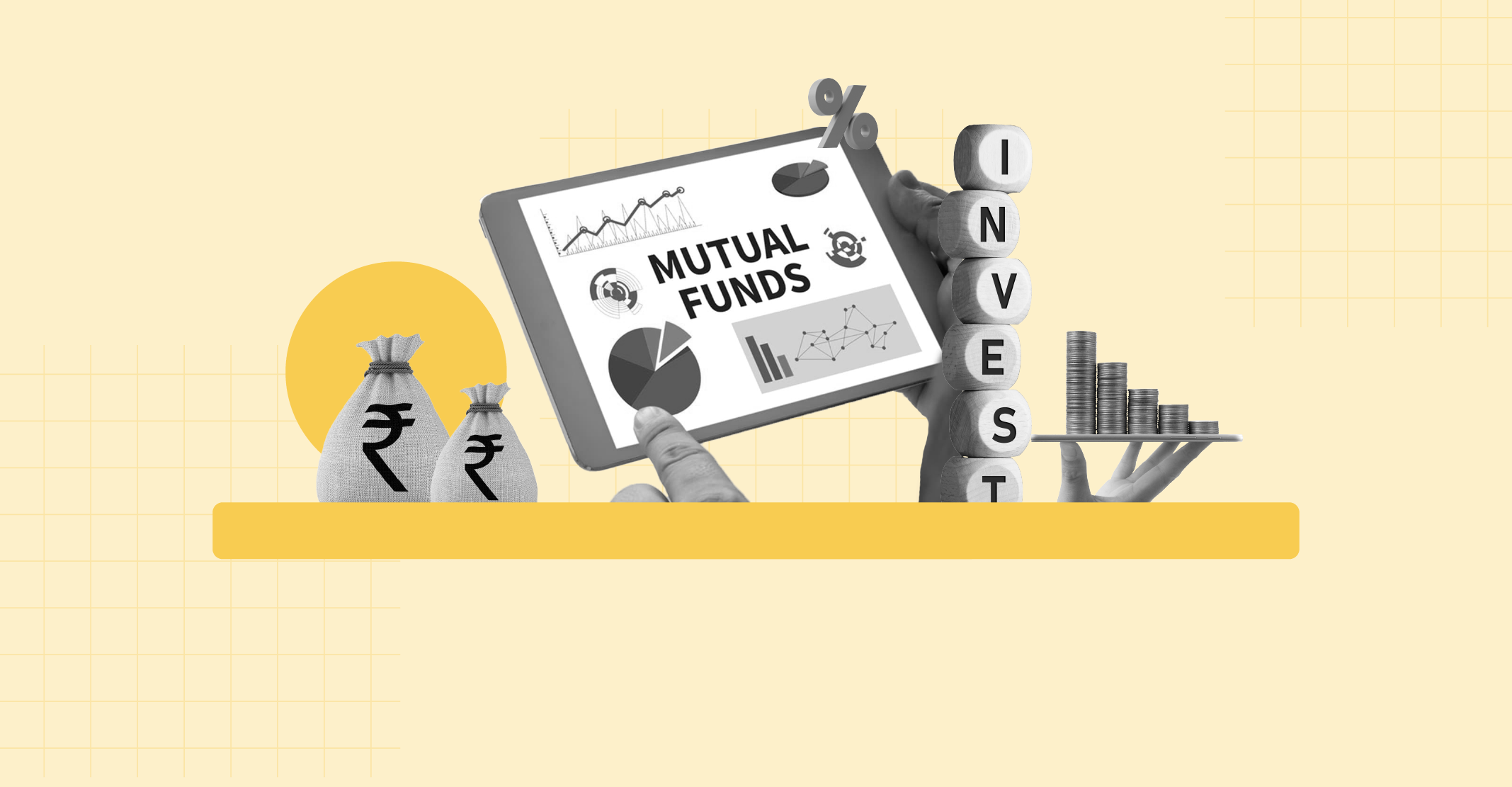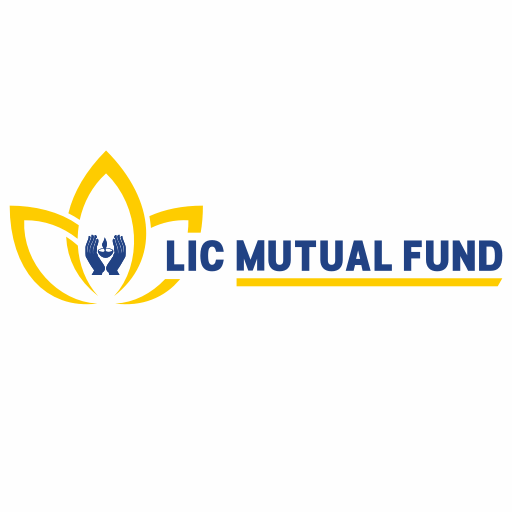Investing in mutual funds ensures long-term financial stability and diversifies your portfolio. Thoughtful. Choosing suitable funds from a range of options can be challenging. This article provides a simplified approach by highlighting the top-performing mutual funds across various categories, such as equity, fixed income, and balanced funds. We have compiled an extensive list of essential factors, such as investment strategy, fees, and performance. As a result, you can make decisions confidently, knowing they are based on reliable information.
What are Mutual Funds?
Mutual funds are investment vehicles that pool funds from individuals or institutions to invest in various assets, including bonds and equities. Investing in mutual funds provides individuals with professional management, diversification, and cost-efficiency advantages. These components can significantly improve rewards and reduce risk. Mutual fund investments offer individuals a convenient means of accessing a diverse range of assets, enabling them to take advantage of various markets and sectors that may be challenging or expensive to replicate individually. Investors can select from multiple fund types and investment objectives through mutual funds. Individuals can align their personal investing objectives, risk tolerance, and time horizons with their portfolios. Mutual funds have gained popularity among individuals looking to build wealth over the long term due to their flexibility.
Choosing the most appropriate mutual funds for your investment portfolio involves careful consideration of multiple factors. This guide is incredibly detailed to assist you in making informed decisions.
Establish Investment Objectives: Investing in mutual funds allows you to pursue long-term growth, generate income, or preserve capital.
Consider Your Risk Tolerance: Your willingness to tolerate risk will affect your chosen funds.
Evaluate Your Time Horizon: Consider your time horizon when deciding on your investment duration, as this will impact the choice of funds.
Gain a Comprehensive Understanding of Different Fund Types: Take the time to familiarise yourself with a wide range of fund categories, including equity, fixed income, balanced, and sector-specific funds.
Consider Fund Performance: It’s important to remember that past performance doesn’t guarantee future success, but it’s worth examining a fund’s historical performance.
Consider the Fund Expenses: You must consider the fund’s fees, which can affect your returns.
Review fund manager expertise: Assess the fund manager’s expertise by carefully considering their experience and track record.
Read Fund Documents: Carefully Review the Fund’s Documents to understand its investment strategy, risks, and objectives fully.
Diversify Your Portfolio: Spreading your investments across various fund categories is advisable to minimise risk. Consider diversifying your portfolio for better risk management.
Seek Guidance from a Financial Advisor: If necessary, consult a professional to ensure you choose the most suitable mutual funds for your situation.
Top 10 Mutual Funds in India
Here are some top-performing mutual funds in India:
ICICI Prudential Equity & Debt Fund
The ICICI Prudential Equity & Debt Fund is a mutual fund scheme that is carefully balanced and designed to generate long-term capital appreciation and income. It achieves this by investing in a diverse range of equity and debt securities. Here are some essential details about the fund:
– The Net Asset Value (NAV) as of August 30, 2024 stands at ₹434.89.
– The AUM stood at ₹19,444 Cr as of June 30, 2024.
– The expense ratio as of July 31, 2024 is 1.71%.
– The text is skillfully crafted. The minimum investment amount for a systematic investment plan (SIP) is ₹1,000, whereas for a lump sum, it is ₹5,000.
– Index: NIFTY 50 Hybrid Composite Debt 65:35
– Risk Level: Moderate to High
– Fund Manager: Sankaran Naren, Ihab Dalwai, and Anish Tawakley
The ICICI Prudential Equity & Debt Fund has consistently delivered impressive average annual returns of 14.21% since its inception. While past performance can offer valuable insights, it’s important to remember that it doesn’t guarantee future results. Before making any investments, it is crucial to carefully assess your investment objectives, risk tolerance, and the duration of your available timeframe.
DSP Midcap Fund
The DSP Midcap Fund is a mutual fund scheme that aims to achieve long-term capital appreciation by investing in mid-cap companies’ equity and equity-related securities portfolios. There are several important details to consider regarding the fund:
– The Net Asset Value (NAV) stands at ₹166.659 as of August 30, 2024.
– The AUM as of June 30, 2024, amounted to ₹20,014 Cr.
– The expense ratio is 0.7% as of July 31, 2024.
– The minimum investment amount for a systematic investment plan (SIP) is ₹500, while for a cash sum, it is ₹1000.
– Risk Level: Very high
– Metric for performance: NIFTY Midcap 150 TRI
– Fund Manager: Vinit Sambre
Since its inception, the DSP Midcap Fund has consistently delivered impressive average annual returns of 19.64%. Although past performance can provide some insights, it is essential to remember that it does not guarantee future outcomes. Before making any investments, it is crucial to thoroughly evaluate your investment objectives, risk tolerance, and time horizon.
Tata Mid Cap Growth Fund
The Tata Mid Cap Growth Fund is a mutual fund scheme that invests in mid-cap companies’ equity and equity-related securities portfolios. Its primary goal is to generate long-term capital appreciation. It is crucial to consider a range of essential factors that are relevant to the fund:
– As of August 2024, the Net Asset Value (NAV) stands at ₹4467 Cr.
– The AUM stood at ₹4467 Cr as of August 2024.
– The expense ratio for August 2024 stands at 0.73%.
– The minimum investment amount for a systematic investment plan (SIP) is ₹100, while for a cash sum, it is ₹5000.
– Risk Level: Very high
– Performance metric: NIFTY Midcap 150 TRI
– Fund manager: Satish Chandra Mishra
The Tata Mid Cap Growth Fund has consistently delivered exceptional average annual returns since its inception. Although past performance can provide valuable insights, it’s essential to remember that it doesn’t guarantee future outcomes. Before making any investments, it’s crucial to thoroughly evaluate your investment goals, risk tolerance, and time frame.
UTI Nifty 50 Index Fund
The UTI Nifty 50 Index Fund has been accessible since February 6, 2000. This index fund aims to replicate the performance of the Nifty 50 Index, which comprises the 50 most significant and liquid stocks on the National Stock Exchange of India (NSE). There are several critical details regarding the foundation:
– As of August 30, 2024, the Net Asset Value (NAV) is ₹154.32.
– The assets under management (AUM) total ₹2,442.17 Cr as of June 30, 2024.
– As of July 31, 2024, the expense ratio is 0.08%.
– Minimum investment of ₹500 for SIP and ₹5,000 for single investment – High-risk level.
– Fund Manager: Nifty 50 Total Return Index – Ajay Tyagi and Sharwan Kumar Goyal are the fund managers.
The UTI Nifty 50 Index Fund has consistently produced an impressive average annual return of 11.81% since its inception, demonstrating a solid track record. However, past performance does not guarantee future results, so it is crucial to carefully assess one’s investment objectives, risk tolerance, and time horizon before making any investment.
Axis Short Term Fund
The Axis Short-Term Fund is a mutual fund scheme that invests in debt securities and money market instruments to achieve steady capital growth and generate income. The fund requires careful consideration of many important details.
– The Net Asset Value (NAV) stands at ₹24.7393 as of August 30, 2024.
– The AUM stood at ₹14,442 Cr as of June 30, 2024.
– The expense ratio is 0.22% as of July 31, 2024.
– The minimum investment for a systematic investment plan (SIP) is ₹1,000, whereas for a cash sum, it is ₹5,000.
– Risk Level: Moderate to Low – Performance metric: CRISIL Short Term Bond Fund Index
– Managed by Devang Shah and Aditya Pagaria
Since its inception, the Axis Short-Term Fund has consistently delivered impressive average annual returns of 7.43%. While past performance can provide valuable insights, it doesn’t guarantee future outcomes. Before making any investments, it is crucial to evaluate your investment goals thoroughly, be able to handle risk and have the desired time frame.
Edelweiss Mid Cap Fund
The Edelweiss Mid Cap Fund is a mutual fund scheme focusing on achieving long-term capital appreciation through investments in mid-cap companies’ equity and equity-related securities portfolios. Here are the essential details of the fund:
– The Net Asset Value (NAV) as of August 30, 2024 is ₹53.23.
– The AUM stood at ₹1,039 Cr as of June 30, 2024.
– The expense ratio is 1.84% as of July 31, 2024.
– The minimum investment amount for a systematic investment plan (SIP) is ₹1,000, whereas, for a cash sum, it is ₹5,000.
– High-Risk Level – Performance metric: NIFTY Midcap 150 TRI
– Fund Managers: Trideep Bhattacharya and Harshad Patwardhan
Edelweiss Mid Cap Fund has consistently delivered impressive average annual returns of 18.73% since its inception. While past performance can offer valuable insights, it’s crucial to remember that it doesn’t guarantee future outcomes. Before making any potential investments, it is essential to thoroughly assess your investment goals, willingness to take risks and time frame.
ICICI Prudential Multi-Asset Fund
The ICICI Prudential Multi-Asset Fund is a highly diversified mutual fund scheme that aims to achieve long-term capital appreciation and income through investments in various asset classes, including equity, debt, and commodities. Below are some essential details regarding the fund:
– The Net Asset Value (NAV) stands at ₹433.91 as of August 30, 2024.
– The AUM as of June 30, 2024, was ₹14,444 Cr.
– The expense ratio for July 31, 2024 stands at 1.63%.
– The minimum investment amount for a systematic investment plan (SIP) is ₹1,000, while for a cash sum, it is ₹5,000.
– Risk Level: Relatively high
– Index used for performance measurement: NIFTY 50 Hybrid Composite Debt 65:35 Index
– Fund Manager: Sankaran Naren, Ihab Dalwai, and Anish Tawakley
Since its inception, the ICICI Prudential Multi-Asset Fund has consistently achieved impressive average annual returns of 13.15%. Although past performance can provide valuable insights, it’s important to remember that it does not guarantee future results. Before making any investments, it is crucial to thoroughly evaluate your investment objectives, risk tolerance, and time horizon.
Invesco India Infrastructure Fund
The Invesco India Infrastructure Fund is a mutual fund scheme that aims to generate long-term capital appreciation by investing in equity and equity-related securities of companies involved in infrastructure development. Presented below are the crucial details of the fund:
– The Net Asset Value (NAV) as of August 30, 2024 stands at ₹54.45.
– The aggregate market value (AUM) was recorded at ₹434 Cr as of June 30, 2024.
– The expense ratio is currently 2.14% as of July 31, 2024.
– The minimum investment amount for a systematic investment plan (SIP) is ₹1,000, while for a lump sum, it is ₹5,000.
– Risk Level: Extremely high – Performance metric: NIFTY 500 TRI
– Fund Manager: Taher Badshah
Since its inception, the Invesco India Infrastructure Fund has consistently delivered impressive average annual returns of 15.67%. Although past performance can provide valuable insights, it is essential to remember that it does not guarantee future outcomes. Before making any investments, it is necessary to thoroughly evaluate your investment goals, risk tolerance, and time horizon.
Motilal Oswal NASDAQ 100 ETF
The Motilal Oswal NASDAQ 100 ETF is an exchange-traded fund that endeavours to replicate the performance of the NASDAQ-100 Index. This index comprises the top 100 non-financial companies on the NASDAQ stock exchange. The following are some essential details regarding the fund:
– As of August 30, 2024, the current Net Asset Value (NAV) is ₹934.27.
– The AUM was ₹2,444 Cr as of June 30, 2024.
– As of July 31, 2024, the expense ratio is 0.57%.
– The minimum investment quantity is ₹1,000.
– Risk Level: Extremely high – Performance metric: NASDAQ-100 Index
– Fund Manager: Nil P Mayekar
Since its inception, the Motilal Oswal NASDAQ 100 ETF has consistently generated outstanding average annual returns of 22.11%. While past performance can offer valuable insights, it is crucial to remember that it does not ensure future results. Before making any decisions, it is imperative to conduct a comprehensive assessment of your investment objectives, the level of risk you are willing to accept, and the duration of your investment.
Nippon India Small Cap Fund
The objective of the Nippon India Small Cap Fund is to generate long-term capital appreciation by investing in smallcap companies’ equity and equity-related securities portfolios. In the context of the fund, numerous critical factors must be considered:
– As of August 30, 2024, the Net Asset Value (NAV) is ₹200.43.
– As of June 30, 2024, the AUM was ₹60,373 Cr.
– As of July 31, 2024, the expense ratio is 0.63%.
– Skillfully composed, The minimum investment quantity for a systematic investment plan (SIP) is ₹500, while for a cash sum, it is ₹5,000.
– Risk Level: Extremely high
– Performance metric: NIFTY Smallcap 250 TRI
Samir Rachh, Fund Manager
Since its inception, the Nippon India Small Cap Fund has consistently generated outstanding average annual returns of 28.21%. While past performance can offer valuable insights, it is crucial to remember that it does not ensure future outcomes. Before making any potential investments, it is imperative to conduct a comprehensive assessment of your investment objectives, risk tolerance, and time horizon.
Conclusion
Investing in high-quality mutual funds can be an intelligent move for building a strong portfolio and achieving your financial goals. This article offers a solid basis for making informed investment decisions. When making investment decisions, it’s essential to carefully consider your monetary objectives, risk tolerance, and time horizon. By carefully selecting a well-balanced portfolio of mutual funds, you can skillfully navigate market fluctuations and make significant progress towards securing your financial future. Start your investment journey now and begin working towards your long-term goals.
FAQs
Q: What are the benefits of investing in mutual funds?
A. Some advantages are convenience, economies of scale, diversification, and professional management.
Q: What types of mutual funds are available?
A. Equity, fixed-income, balanced, and sector-specific funds are among the most prevalent.
Q: What are the risks associated with mutual fund investing?
A. Market volatility, fluctuations in interest rates, liquidity risk, and credit risk comprise potential hazards.
Q: Can I lose money investing in mutual funds?
A. Yes, there is a risk of loss associated with any investment.




